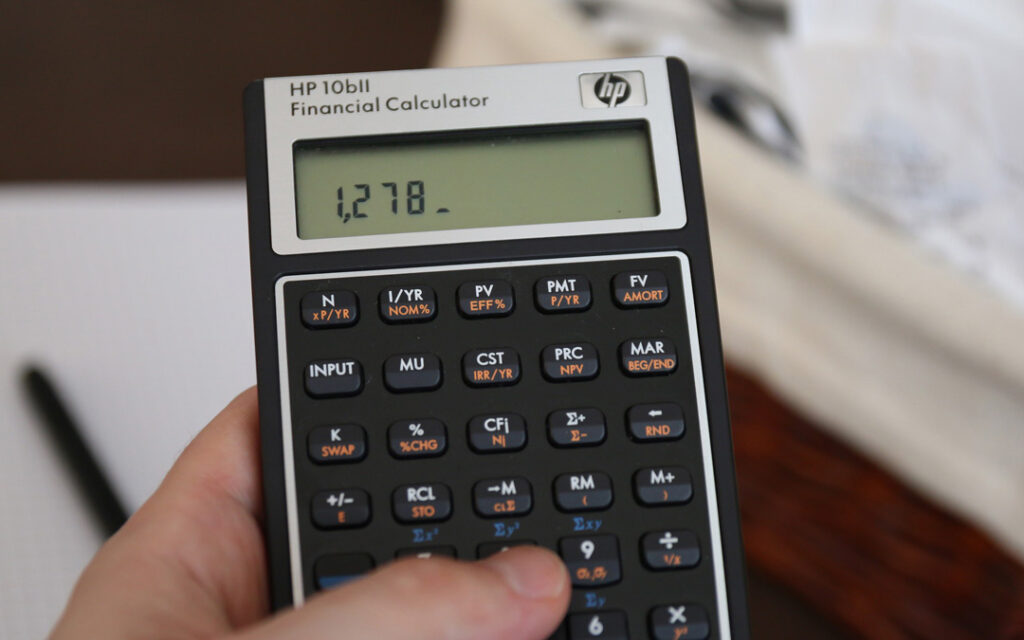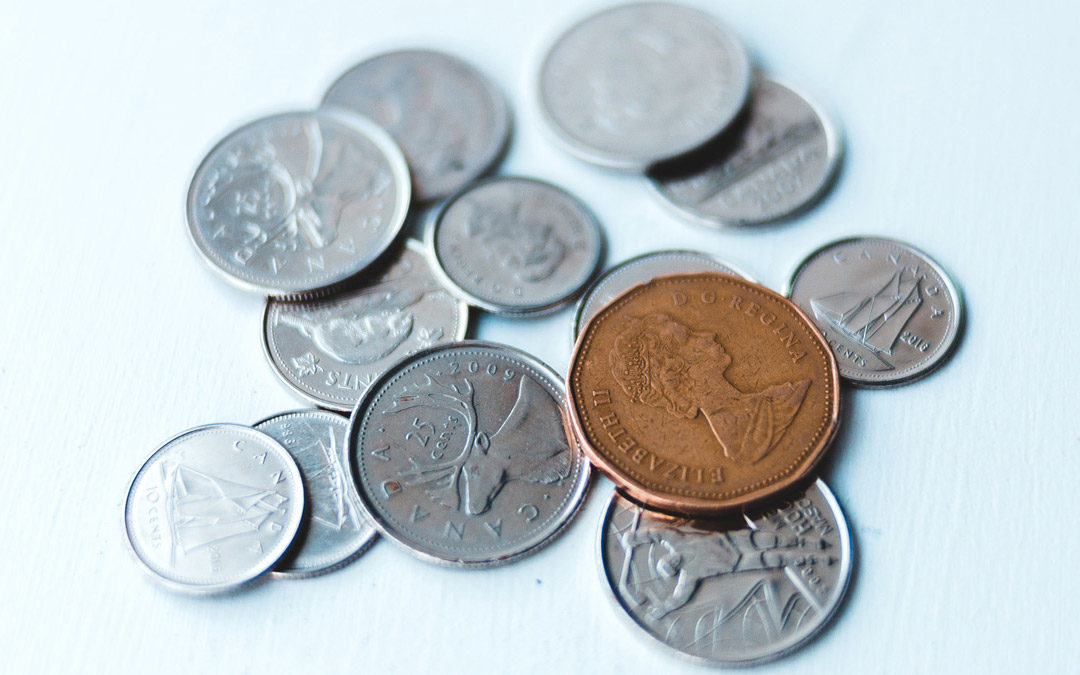Any cafeteria or tuck shop with a cash register must implement proper cash handling procedures in order to protect the organization and all employees.
We will take you through two methods to balance the cash register.
Balancing the cash register daily after each employee shift or business day is fundamental to good cash management. To understand this balancing process, we must first understand a couple of terms.
The Float
If you are not familiar with what a float is, this is the opening cash available in the cash register to make change throughout the day. The float should always be the exact same amount (example $150.00) at the end of every shift/day and again at the beginning of every shift/day.
Tip: The Float should be counted twice daily:
- Once, at the end of a shift/day;
- And then again at the beginning of the next shift/day.
This process protects all employees at each step of the way.

The POS Balancing Report
A professional quality POS system software will have a POS Balancing Report report as part of the standard reports available in the system. This report provides a summary of all payments received during the shift/day, including cash, credit or debit card payments, and other forms of payments such as in-house charge accounts, gift certificates redeemed and BullfrogPay.
OK, let’s balance that cash register.
The first and most common method (cleverly referred to as standard balancing) is conducted by a senior employee at the end of the shift/day.
The process should always be executed as follows:
- Count out the Float. Remove and separate enough cash from the drawer to ensure there is a mix of all coins and paper currency, and that the total value of this cash is exactly what management has determined; $150.00 is our example here. Sometimes management will specify exactly how many of each coin and paper currency to include in the Float. Now separate the Float and set it aside for safe keeping until the next shift/day.
- Balance the Cash. All of the remaining cash left in the register is now counted and entered into a daily Deposit Report in preparation for deposit to the bank. The total of this remaining cash is then compared to the Total Cash Received reported in the POS Balancing Report. The difference must also be included on the daily Deposit Report. A Difference of zero means you do your happy dance.. you are in balance! If your counted cash is higher than the report, you are ‘over’ and if your counted cash is lower than the report, you are ‘short’.
Tip: With our POS system software you can access financial reporting on-demand at any time from any device.
The second method of balancing cash is actually not balancing the cash at all. This method is referred to as ‘Declared Balancing’ or sometimes called ‘Blind Balancing’, and is not always available on a POS system. But if it is available, this is how it works:
- Count out the Float. Yup, same exact process we just looked at in the first method, and yup, separate the Float and set it aside for safe keeping until the next Shift/Day.
- Count your remaining cash and enter the currency totals either on a paper Deposit Form, or, some POS systems will have an electronic form where the currency totals can be entered.
That is it.. you are done. The actual ‘Balancing’ of the daily cash is done by someone in finance or administration at a later time.
If you want to learn more about how you can use BullfrogTech to manage daily transactions for your workplace cafeteria or tuckshop, contact us.




